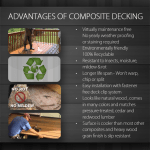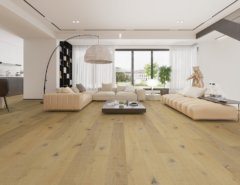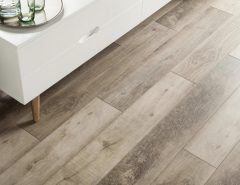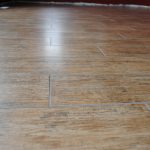When something works well across continents and cultures, it generally retains importance for a long time.
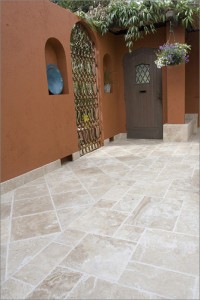 When it comes to building materials and floor coverings, when I say ‘works’ I suppose I’m not just talking about simple function. After all, there was a time when rose-patterned linoleum and ‘harvest gold’ carpeting worked very well on a functional level too.
When it comes to building materials and floor coverings, when I say ‘works’ I suppose I’m not just talking about simple function. After all, there was a time when rose-patterned linoleum and ‘harvest gold’ carpeting worked very well on a functional level too.
I’m talking about look. There is a kind of timelessness which is tied to a specific historical period, still retaining all that is good about that period, while not being weighed down by fashion trends that are past their sell-by dates.
This is my perhaps long-winded intro to talking about travertine as a floor covering and all-around reliable building material. It may be that travertine doesn’t get quite as much press as granite or marble. But, ever since civilization began, travertine has been used across cultures, continents, and eras. Why is that?
Part of the reason is simple geography, even when you consider other advantages like durability and subtle beauty. Travertine is plentiful in the region which is known to be the cradle of Western civilization; Southern Europe, and the Middle-East. Indeed, travertine was used in Ancient Egypt, by the Greeks, and possibly most famously as a means of literally building the Roman Empire.
The famous Roman Colliseum uses travertine as a key building material. And that imperial effect of gold-t0-cream color spectrum is synonymous with the period is all down to what travertine tile, accessories, backsplashes, pavers, sinks, and more offer the modern homeowner.
Over the next few weeks, I’ll be talking about travertine; how it’s processed, the kinds of visual effects open to you, and the kinds of applications that make travertine a sought-after surface indoors and out, in residences, and in commercial spaces alike.
Cheers,
Rob.




